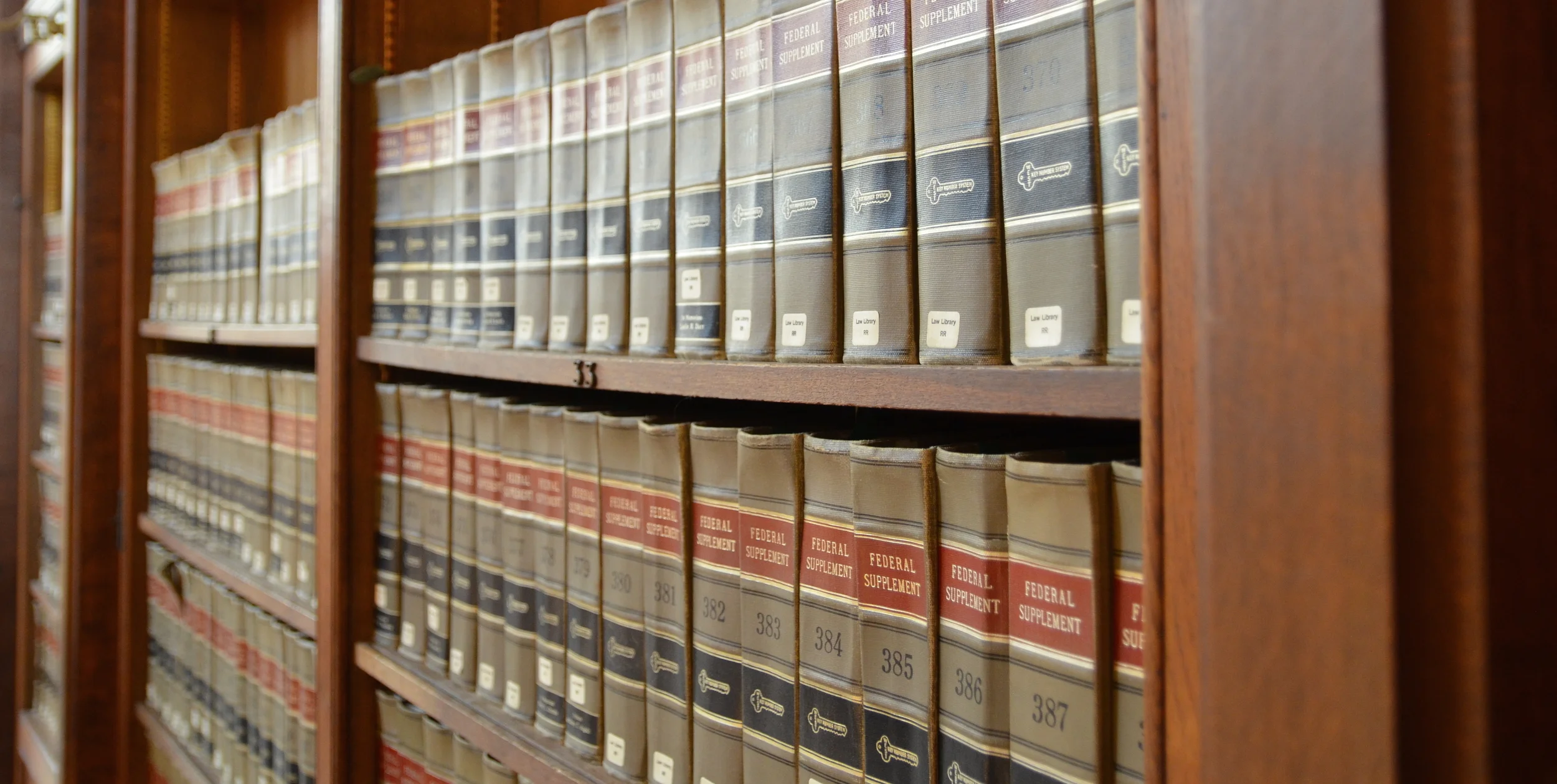Bankruptcy Overview
An individual person (non-business) can file one of four chapters of bankruptcy. These are called consumer bankruptcy cases. The Chapters are: Chapter 7, Chapter 11, Chapter 12, and Chapter 13.
Chapter 7 - Liquidation
Chapter 7 cases permit debtors to liquidate their debt by providing creditors the non-exempt assets of the bankruptcy estate. Debtors in most consumer cases are permitted to retain all their property.
Debtors must meet certain requirements in order to obtain relief in a Chapter 7 case. First, debtors are not permitted to abuse the bankruptcy code. Filing a petition in bad faith, submitting false information, or defrauding creditors are examples of abuse of the bankruptcy code. Second, debtors must not have a presumption (generally) that they are able to make a meaningful repayment to creditors. This is accomplished through the means test. Third, debtors must not have an actual ability to make a meaningful repayment to creditors. This is a forwarding looking test which compares current income to expenses that are necessary for the support of the debtor and her dependents.
Chapter 11 - Reorganization
The Chapter 11 case is a type of reorganization. The reorganization is accomplished through a Chapter 11 Plan. The minimum Plan length is five years. The most common reason individuals file a Chapter 11 case is that they exceed the statutory debt limits of a Chapter 13 case.
Chapter 12 - Family Farmers or Fisherman
The Chapter 12 is a special reorganization for family farmers and fishermen. The Chapter 12 case was created to acknowledge the special needs of these debtors.
Chapter 13 - Reorganization
The Chapter 13 case permits individuals to reorganize their debts. Chapter 13 Plans run from three to five years depending upon several factors. The most common reasons that individuals file a Chapter 13 case are that the debtor is ineligible for Chapter 7 relief, to protect equity in assets that the debtor would lose in a Chapter 7, or to permit debtors to get caught up on secured debts (like cars or houses) that they have fallen behind on.
An Overview of the Bankruptcy Process
This overview is meant to describe the general process of bankruptcy proceedings. Each individual case is different and can present additional issues. The important concept to remember is that the process requires complete, accurate disclosure. That process should begin with answering your attorney’s questions as completely as possible. Prior to filing a bankruptcy case, an individual must complete a credit counseling course. The pre-filing credit counseling course must be approved by the United States Trustee. The bankruptcy case is started by the filing of a petition for relief under the bankruptcy code. There are several other documents that must be filed with, or shortly after, the bankruptcy petition. The important consideration is that the statements must be truthful, accurate, and complete.
Once the case is filed, creditors receive notice and the debtor is protected by the automatic stay. The automatic stay prohibits creditors from taking most actions against the debtor while the case is pending. The automatic stay can be lifted by certain creditors to permit them to exercise their rights. Additionally, in situations where the debtor has filed multiple cases, the stay may be limited to thirty days or not apply at all. The stay prevents phone calls, the beginning or continuation of lawsuits, and the garnishment of bank accounts or wages. Generally between four to six weeks after filing, there will be a 341 meeting. This meeting is also called the Meeting of Creditors. A trustee administers the hearing. The purpose of the hearing is to verify the accuracy of the information that was filed with the court. It also permits creditors to ask questions regarding the documents that were filed, or their specific debt. Within 45 days after the 341 meeting, the debtor must complete a second, financial management, course.
In reorganization Chapters, there will be a second hearing which is called a confirmation hearing. This hearing tests the proposed Plan of Reorganization to rules that are specific to each type of reorganization. The trustee and/or creditors can object to a Plan if they believe that it does not comply with the bankruptcy code. These issues are either resolved between the parties or the Judge decides the issue.
Upon completion of the bankruptcy case, most debtors receive a discharge. This is the goal for most debtors. The discharge is an injunction that prevents creditors from seeking to collect on the debt.
Individual Types of Bankruptcy
Chapter 7 - Liquidation
Chapter 11 - Reorganization
Chapter 12 - Family Farmer or Fisherman
Chapter 13 - Consumer Reorganization
Process of Bankruptcy
- Complete a credit counseling course
- File a petition for relief
- In 4 to 6 weeks there will be a 341 meeting
- Complete a second financial management course
- In reorganization chapters there will be a second hearing
- The final result if successful is a discharge of most debts

